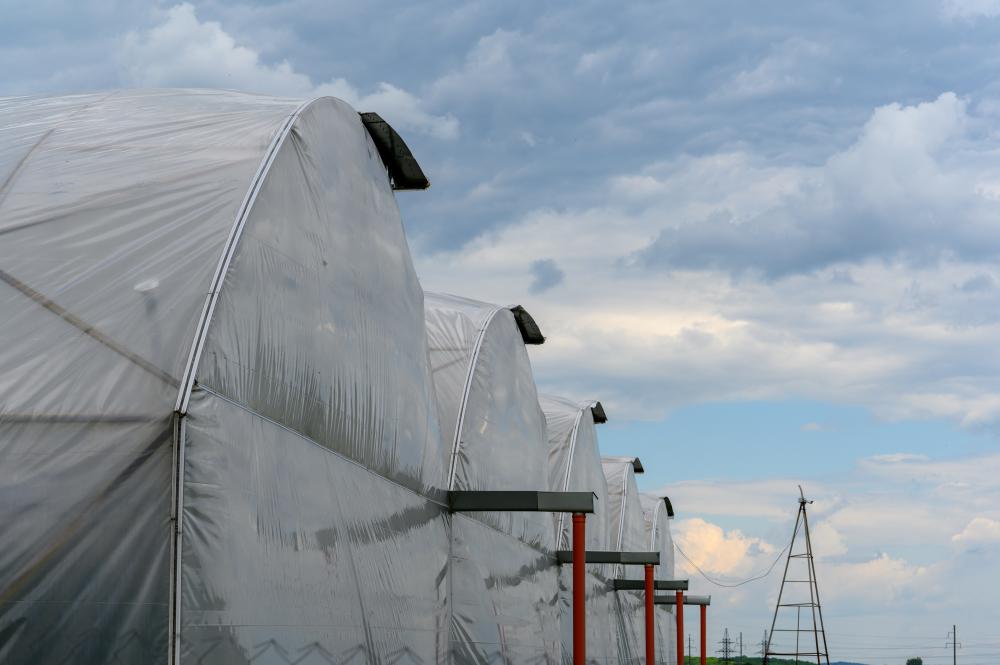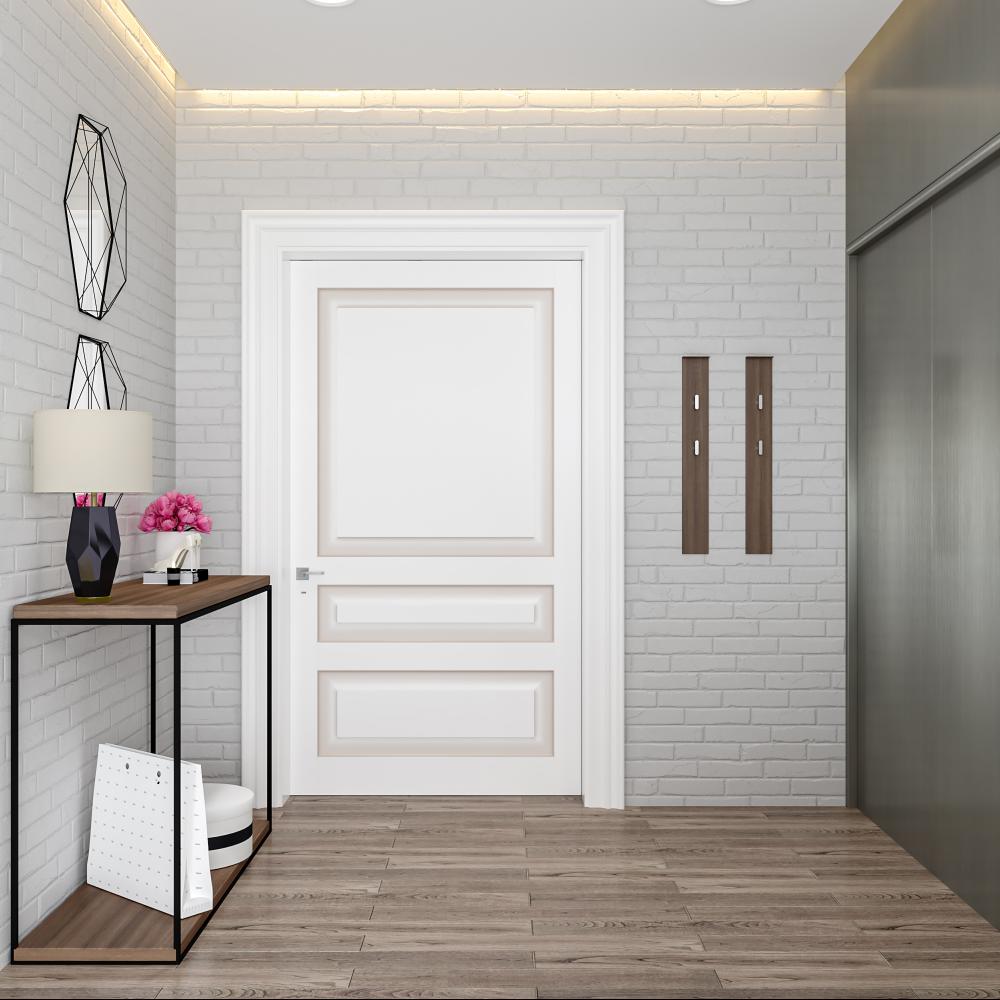
Exploring the World of Fabric Buildings
At Freedom Buildings, we’ve dedicated over three decades to mastering the art and science of fabric buildings. From the rolling plains of agricultural landscapes to the bustling sites of industrial operations, our journey has been about more than just constructing buildings; it’s about creating spaces that enhance efficiency, safeguard assets, and promote well-being. As pioneers in the industry, we’ve witnessed firsthand the transformative power of these structures across various sectors. Today, let’s delve into the essence of fabric buildings, their unique advantages, and why they stand as a testament to modern engineering and design innovation.
The Advantage of Choice
The Versatility of Applications
Fabric buildings are not just structures; they are solutions tailored to meet specific needs. In the realm of Livestock Housing, we’ve seen how the right design can promote ventilation and light exposure, contributing significantly to herd health. In Agriculture, the challenges of storing everything from grain to machinery require solutions that only fabric buildings can provide–flexibility, durability, and protection.
Economic and Environmental Benefits
The economic efficiency of fabric buildings is evident in their rapid installation and minimal maintenance requirements. Beyond economics, these structures are a nod to environmental stewardship. Their energy-efficient designs and materials minimize carbon footprints, making a strong case for their adoption in efforts toward sustainability.
A Closer Look at Technology
The backbone of our fabric buildings is a blend of cutting-edge technology and time-tested materials. The synergy between steel frames and high-quality fabrics offers a balance of strength and flexibility unmatched by traditional structures. This technological foundation ensures that regardless of the application–be it a sprawling agricultural storage facility or a robust industrial warehouse–our buildings stand ready to face the elements.
Beyond Just Buildings
Our engagement with clients goes beyond mere construction; it’s about forging partnerships. Every project begins with listening, understanding the unique challenges and aspirations of our clients. This collaborative approach has been key to our success, allowing us to deliver not just buildings, but solutions that truly make a difference.
Case Studies and Testimonials
Real Stories, Real Impact
Each fabric building tells a story–a tale of challenges surmounted and visions realized. From agricultural barns that breathe new life into farming practices to industrial hubs that redefine efficiency, our portfolio is a testament to the potential of fabric buildings. Drawing from over 3,000 installations, our case studies offer a glimpse into the transformative impact of our work.
Hearing from Our Clients
The true measure of our work lies in the satisfaction of our clients. Testimonials often highlight the durability of our structures and the professionalism of our team. It’s these endorsements that fuel our commitment to excellence and innovation in the field of fabric buildings.
A Vision for the Future
As we look to the horizon, our journey with fabric buildings is far from over. The challenges of tomorrow will demand even more from us–greater innovation, flexibility, and sustainability. At Freedom Buildings, we’re ready to meet these challenges head-on, guided by our experience, driven by our partnership with clients, and inspired by the endless possibilities that fabric buildings offer.
Frequently Asked Questions
What makes fabric buildings superior to traditional structures?
Fabric buildings offer unparalleled advantages in terms of flexibility, sustainability, and cost-effectiveness. Their rapid installation and minimal maintenance demands, combined with their resilience and adaptability, make them ideal solutions for a wide range of applications.
Can fabric buildings be customized for specific needs?
Absolutely. At Freedom Buildings, customization is at the heart of what we do. Each building is designed to meet the unique requirements of our clients, whether it’s for agricultural storage, industrial operations, or recreational use.
How durable are fabric buildings?
Our fabric buildings are engineered to stand the test of time. With high-quality materials and a focus on professional craftsmanship, these structures are built to withstand a range of environmental conditions, ensuring longevity and performance.
Contact Us
Fabric buildings represent a future where efficiency, sustainability, and innovation converge. At Freedom Buildings, we’re not just building structures; we’re building the future. For inquiries, quotes, or to learn more about how we can support your next project, don’t hesitate to reach out. Together, let’s explore the endless possibilities that fabric buildings have to offer.

How long do fabric buildings last?
Here at Freedom Buildings, when clients ask us about the longevity of our fabric buildings, we’re pleased to share that with proper maintenance, these structures can last for decades–often between 20 to 40 years. It’s a common misconception that fabric buildings are a ‘temporary’ solution when, in fact, they’re designed for long-term use. The key is the quality of the materials and construction. Our high-grade, UV-resistant fabrics and durable steel frames ensure that our buildings withstand harsh weather conditions and everyday wear and tear. It’s like having a trusted old coat; it stays with you, reliable year after year, adapting to your needs.
What is a fabric building called?
Interestingly, fabric buildings go by many names–tension fabric buildings, fabric structures, or even soft shelters, to name a few. The term ‘tension’ stems from the unique construction technique where the fabric cover is stretched tightly over a frame, creating a secure and stable structure. This design not only maximizes interior space without the need for internal columns but also provides an aesthetically pleasing arched shape, which is quite iconic in the landscape of modern architecture. So, whether you call them tension fabric buildings or simply fabric structures, they’re all about flexibility and resilience.
What are the disadvantages of fabric buildings?
While fabric buildings offer numerous advantages, it’s important to consider a few challenges. For one, while the initial cost may be lower than traditional buildings, certain fabric structures might require specialized foundation work, which can increase overall project costs. Additionally, although our fabric buildings are designed with durability in mind, they may need cover replacements over their lifetime, especially in extremely harsh weather conditions. However, with Freedom Buildings, you’re not just investing in a structure but a partnership. We guide our clients through these considerations, ensuring they’re prepared and confident in their choice.
What is fabric building material?
The ‘fabric’ in fabric buildings usually refers to a specially engineered membrane, often made from polyester or polyethylene fibers, coated with protective materials like PVC, PVDF, or polyethylene. This makes the fabric incredibly strong, waterproof, and capable of withstanding UV rays without degrading. Our choice of material is not random; it’s the result of years of research and development, aimed at finding the perfect balance between durability, flexibility, and environmental sustainability. It’s a marvel of modern material science that brings these buildings to life.
Can fabric buildings support heavy weather conditions?
Absolutely, this is one of the shining stars in the attributes of fabric buildings. Our structures are engineered to endure a range of weather conditions, from heavy snow loads to high winds. The secret lies in both the resilience of the fabric material and the aerodynamic shape of the buildings. The arched design allows for snow and water to easily slide off, while the tensioned fabric can tolerate considerable wind forces. We’ve seen our buildings stand firm against nature’s tests, time and time again, offering a dependable haven no matter the season.
How does Freedom Buildings ensure the sustainability of their fabric buildings?
At Freedom Buildings, sustainability isn’t just a buzzword; it’s a cornerstone of our design and construction philosophy. From the materials we select to our construction practices, eco-friendliness takes precedence. Our fabric buildings boast energy-efficient features, such as natural daylighting, which reduces the need for artificial lighting, and the lightweight nature of the fabric, which demands less structural material and reduces transport emissions. Furthermore, the recyclability of our fabric and steel frames ensures that at the end of their long life, they don’t just become another source of waste but a resource for future projects. It’s our way of contributing to a healthier planet, one building at a time.
Fabric Building Resources
- National Fire Protection Association (NFPA) – The NFPA provides information on fire safety codes and standards that may apply to fabric buildings.
- Environmental Protection Agency (EPA) – The EPA offers resources on environmental regulations and sustainability practices that can be relevant to fabric building construction.
- University of Minnesota Extension – The University of Minnesota Extension provides educational resources on agriculture and livestock management, which can be beneficial for those considering fabric buildings for agricultural purposes.
- National Institute of Standards and Technology (NIST) – NIST offers research and information on building materials and structures, which can be valuable for understanding the technical aspects of fabric buildings.
